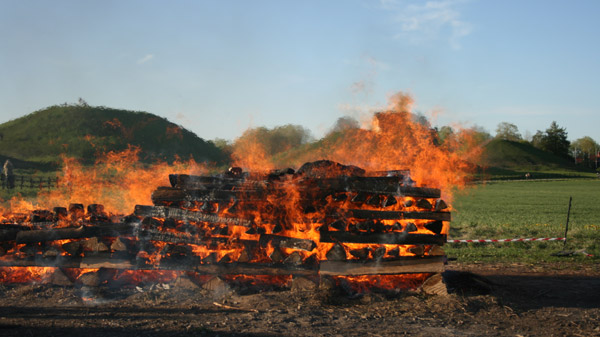How and where were the dead cremated in ancient times? From the middle of the Bronze Age and through much of the rest of antiquity, the “Fynbos” (inhabitants of Funen) cremated their dead and buried the burnt bones in an urn, a simple pit, or a stone coffin. We know a great deal about this because, in the Funen Archipelago, there are approximately 6000 cremation burials dating from around 1200 BC to AD 900.

The project is based on data from archaeological investigations of cremation graves and pyre sites from Denmark and adjacent countries. On the basis of the materials resulting from the cremation i.e., what came out of the process, a number of fundamental questions arise: Where were the deadcremated? Who managed the cremation process? And how did the cremation take place? The answer to these questions is a prerequisite for the discussion as to why cremation was practiced in ancient times. However, this question does not play a central role in the theses.
In a comparative study, the archaeological analyses are carried out using data: from written sources and depictions from the Roman Empire; from ethnographic studies in Asia and North America; as well as from descriptions and accounts of cremation processes in early modern times in Central and Northern Europe. Additionally, data and models from pyrotechnic studies and forensic medicine are included.
Based on the comparative analysis, general models and theories about the preconditions, the process, and the products of cremation, are formulated. The models are tested using data and observations from experiments where the bodies and bones of animals as well as bones from humans are cremated in various crematory structures and kilns. Some of these experiments have been conducted as part of the study, while others have been conducted by archaeologists, osteologists and forensic scientists in Europe and the United States.
The cremation experiments have been absolutely crucial in order to illustrate the chaîne opératoire of cremation and thus be able to assess the relationship between cultural (human) factors, pyrotechnic factors and natural factors in the archaeological material. Furthermore, the experiments are the only way to investigate the sensory and emotional aspects of the cremation process.